
electric blanket rohs testing
An electric blanket is a contact-type electric heating device,
It is woven or sewn into a blanket using special serpentine heating elements with standard insulation performance.
Due to the recent energy crisis in the EU, the demand for heating equipment in the EU has surged,
Many electric blankets are sold out. Exporting electric blankets to the EU requires CE certification + ROHS Testing
to successfully enter the EU market. China JJR Laboratory provides you with a detailed introduction.
What is the European CE Certification?
The CE mark is a conformity indicator, meaning the product complies with European regulations,
It applies to all products under any European directive.
In such cases, the CE marking is mandatory for these products.
Products bearing the CE mark are not necessarily manufactured in Europe,
This label proves that the product has been assessed before being introduced and/or sold in Europe.
Electric blankets generally operate at 220V and must comply with the LVD Low Voltage Directive 2014/35/EU
and EMC Directive (2014/30/EU).
Two test reports are required to issue the CE certificate, and the product must be labeled with the CE mark.
CE Certification Testing Standards for Electric Blankets:
EN55014-1
EN55014-2
en61000-3-2
EN61000-3-3
EN60335-1
CE Certification Test Items for Electric Blankets:
1. Conducted emissions
2. Radiated emissions
3. Disturbances
4. Harmonic current
5. Voltage fluctuations
6. ESD (Electrostatic Discharge)
7. EFT/Burst test
8. Surge test
9. Voltage drop test
10. Power-frequency magnetic field test
11. Immunity test
12. Radiated immunity test
13. Insulation
14. Withstand voltage
15. Leakage current
16. Temperature rise, etc.
Materials Required for CE Certification of Electric Blankets:
1. Application form
2. Label
3. Circuit diagram
4. List of critical components
5. Product specification
6. User manual
ROHS certification for Electric Blankets:
Electric blankets exported to the EU must comply with RoHS Directive 2011/65/EU,
Test standard: EN 63000:2018. Currently tests for the content of 10 hazardous substances:
1. Lead (Pb)
2. Cadmium (Cd)
3. Mercury (Hg)
4. Hexavalent chromium (Cr6+)
5. Polybrominated biphenyls (PBBs)
6. Polybrominated diphenyl ethers (PBDEs)
7. Diisobutyl phthalate (DIBP)
8. Bis(2-ethylhexyl) phthalate (DEHP)
9. Dibutyl phthalate (DBP)
10. Benzyl butyl phthalate (BBP)
Testing limits: Chromium must not exceed 0.01%, others must not exceed 0.1% (1000 PPM or 1000 mg/kg).
Email:hello@jjrlab.com
Write your message here and send it to us
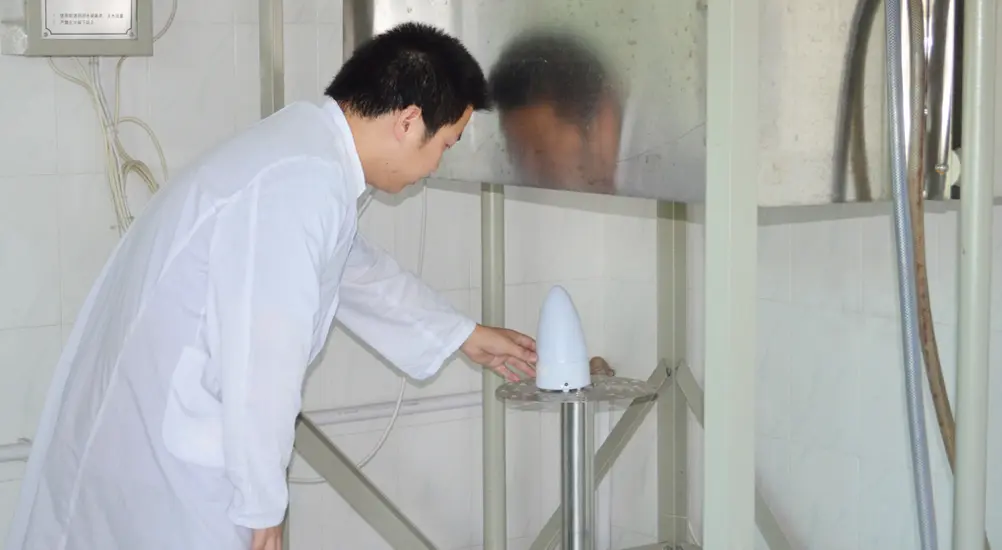 Electric Kettle RoHS Testing
Electric Kettle RoHS Testing
 Display RoHS Testing
Display RoHS Testing
 electric blanket rohs testing
electric blanket rohs testing
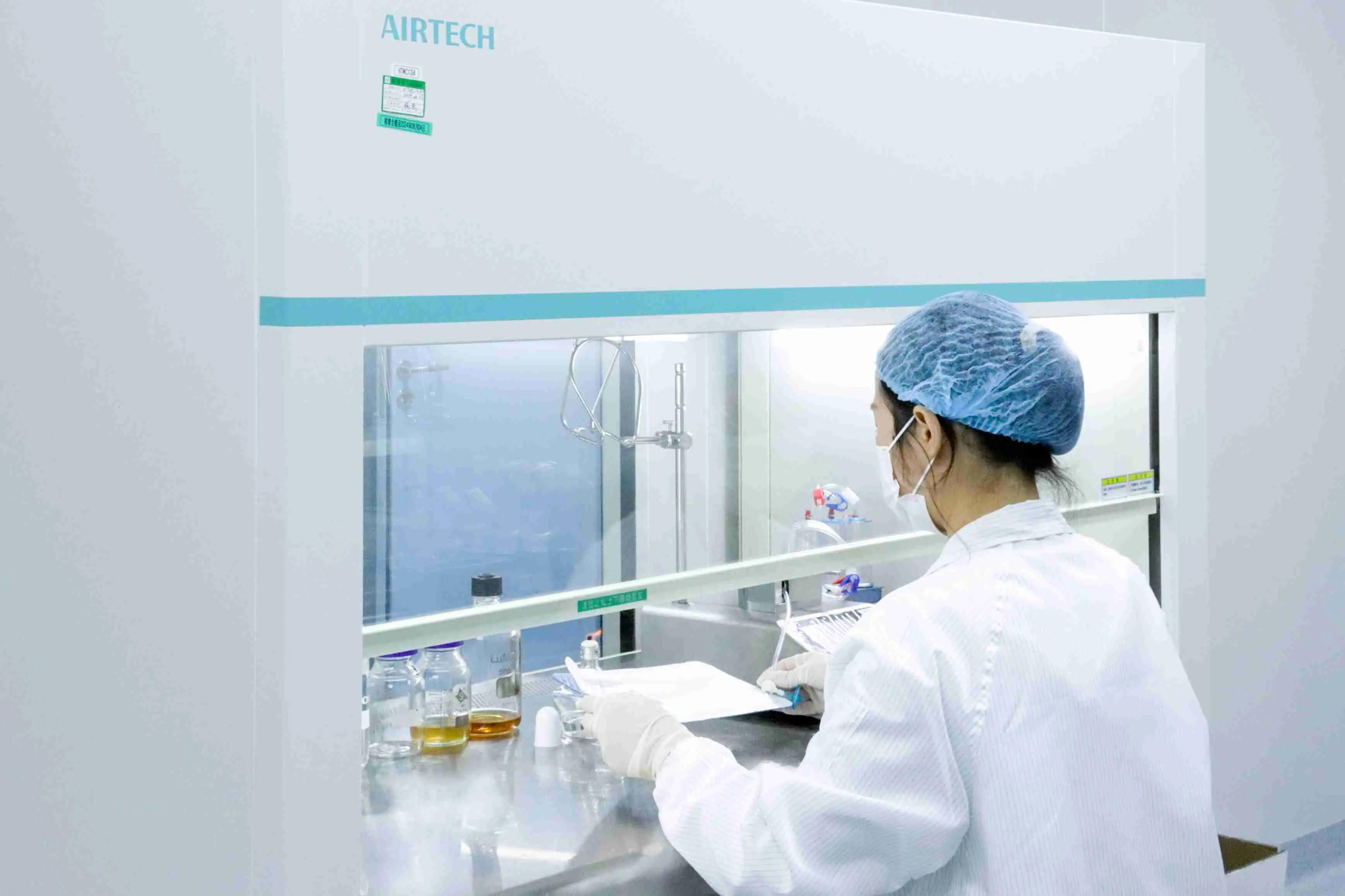 ISO 10993-5 Tests for In Vitro Cytotoxicity
ISO 10993-5 Tests for In Vitro Cytotoxicity
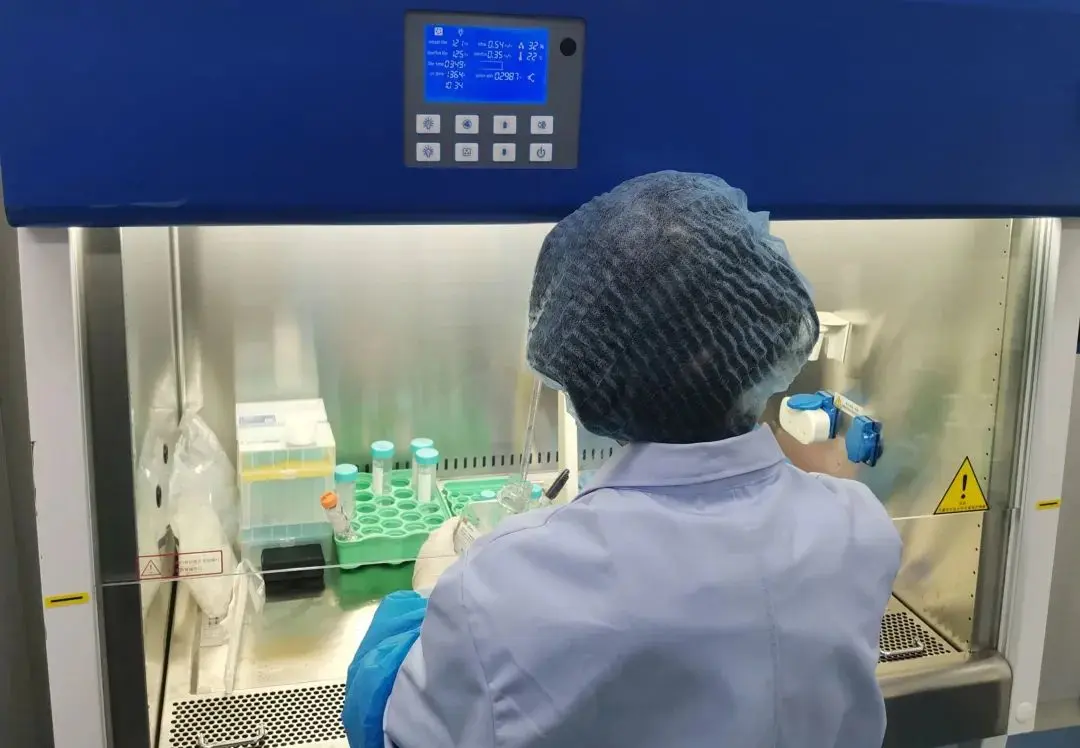 FDA Designated Cytotoxicity Testing Laboratory
FDA Designated Cytotoxicity Testing Laboratory
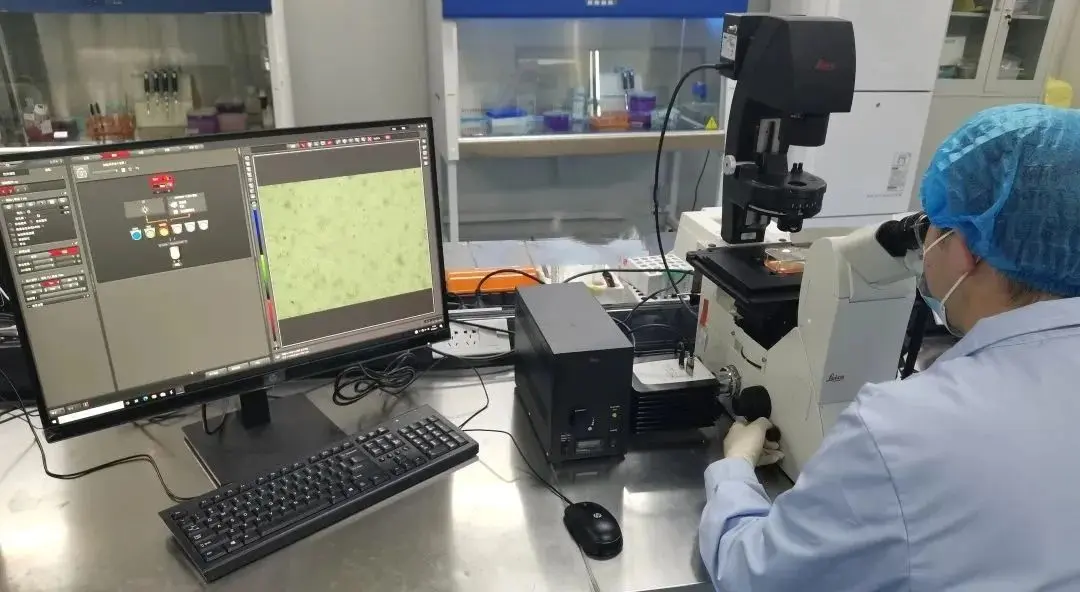 Cytotoxicity Testing Labs
Cytotoxicity Testing Labs
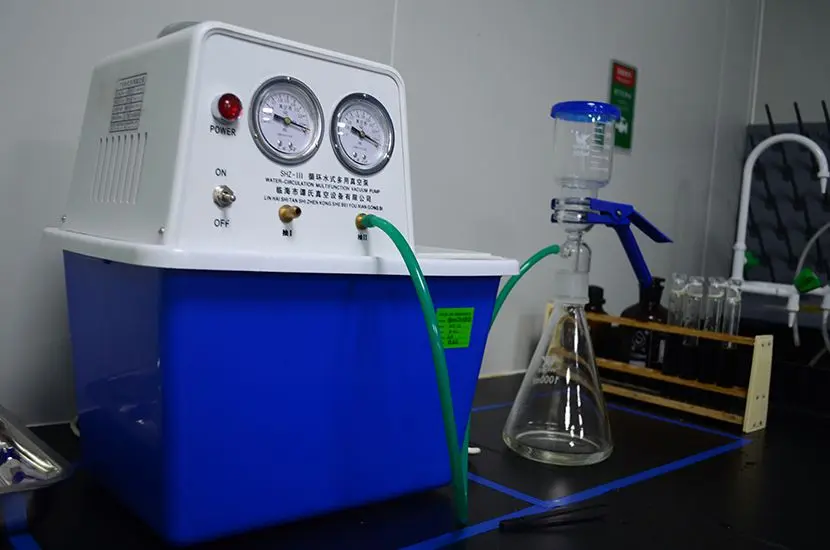 Introduction to UL94 Flammability Testing
Introduction to UL94 Flammability Testing
 Canada Electrical Product Compliance Certification
Canada Electrical Product Compliance Certification
Leave us a message
24-hour online customer service at any time to respond, so that you worry!




